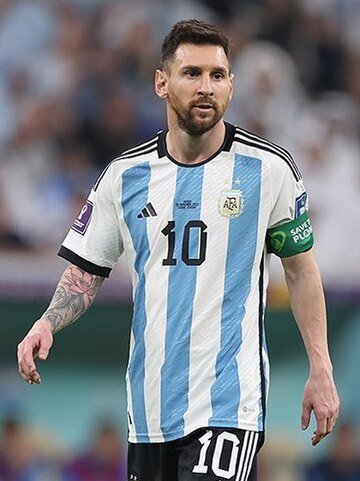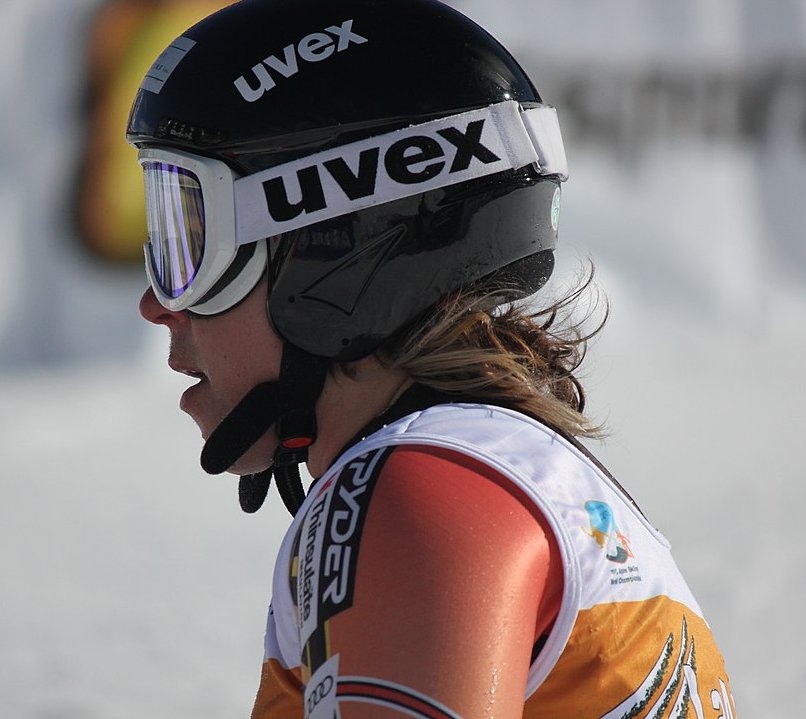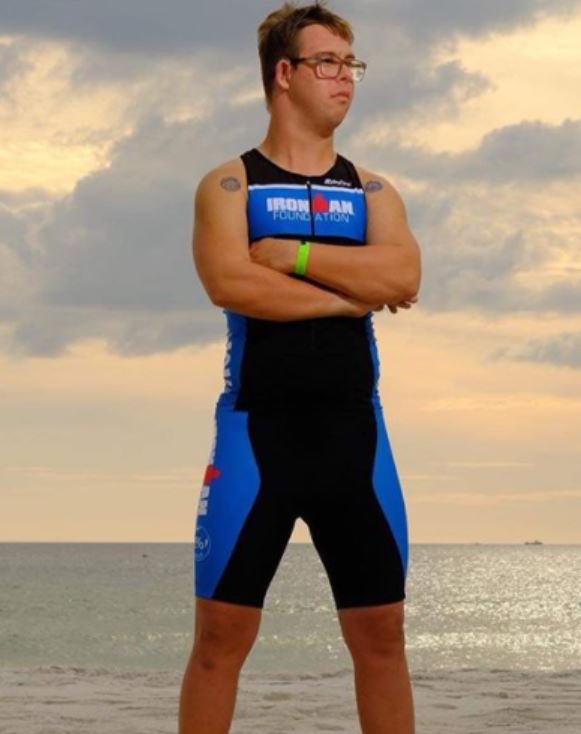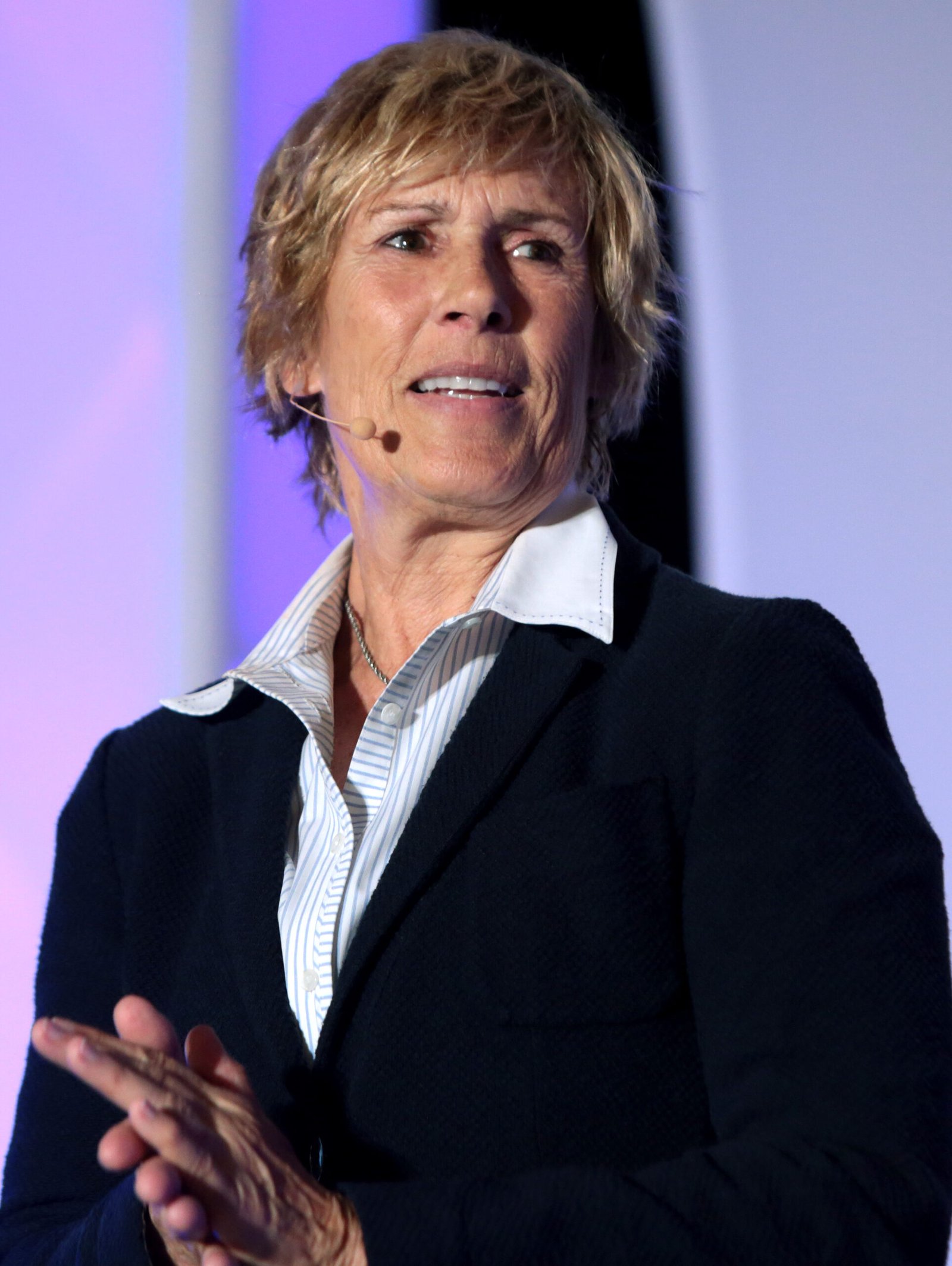Leo Messi: The Boy Who Refused to Stop Growing: The incredible Journey from Medical Hurdles to Football Immortality
The cobblestone streets of La Bajada, Rosario, still remember the sound: the rhythmic tap-tap-tap of a worn football against small feet, echoing through dawn-lit alleyways. Long before the roar of Camp Nou, before the World Cup glory, before becoming the name that would redefine football’s possibilities, Lionel “Leo” Messi was simply a boy with a patchwork ball and an impossible dream.
In those early days, few could have predicted that the diminutive boy from Argentina’s industrial heartland would rise to become football’s most transcendent figure. The story of Lionel Messi isn’t just about athletic achievement – it’s a testament to how faith, family, and sheer determination can overcome even biology’s cruel verdicts.
When the Body Says No, but the Heart Says Yes
At age 11, while dancing through defenders at Newell’s Old Boys youth academy, Messi’s body harbored a secret that threatened to shatter everything. The diagnosis of growth hormone deficiency (GHD) fell like a hammer blow on the Messi family. In Argentina’s economic crisis of the late 1990s, the €900 monthly treatment cost might as well have been millions.
“We ate mate and bread for weeks,” Messi would later recall, his voice soft with the memory of those lean times. His father Jorge took extra shifts at the steel factory until his hands cracked and bled. His mother Celia stretched meals beyond possibility. But it wasn’t enough. As medical bills mounted, dreams began to fade like evening light over the Paraná River.
The daily injections became both salvation and stigma. “I carried the syringes everywhere,” Leo Messi told BBC Sport, recounting how teammates’ whispers of “enano” (midget) followed him through school hallways. “People stared, but I just wanted to play.” Each night ended with tears pressed into his pillow, but each morning began with his grandmother Rosa’s unwavering mantra: “Seguí, Leo” – “Keep going.”
The Napkin That Changed Football History
Desperation can sometimes be destiny’s catalyst. In 2000, the Leo Messi family’s journey led them to Barcelona, where 13-year-old Leo – standing barely taller than the ball itself – stepped onto the training grounds of one of football’s most storied clubs. What happened next has become legend: Coach Carles Rexach, watching the boy move with what he would later describe as “balón clavado al pie” (ball glued to foot), knew he was witnessing something extraordinary.
The contract that would change football history was first written on a napkin – perhaps the most valuable piece of disposable paper in sports history. Barcelona would fund Leo Messi’s treatment, a gamble that would yield returns beyond imagination.
From Isolation to Inspiration
The early days in Catalonia tested more than Messi’s football skills. Hormone treatments left his thighs a canvas of bruises. Language barriers built walls between him and teammates. “I’d cry alone in my room,” he confessed to ESPN, the admission revealing the lonely price of chasing greatness.
But on the pitch, something magical was happening. La Masia academy teammates still speak of a boy who seemed to defy physics, whose relationship with the ball appeared to break Newton’s laws. Each goal scored, each defender dribbled past, gradually transformed whispers of “enano” into murmurs of amazement.
Leo Messi: Rewriting the Record Books
By 17, Messi’s first senior goal for Barcelona sent Camp Nou into delirium. The nickname La Pulga (The Flea) captured his essence – small, impossible to catch, capable of tormenting the biggest defenders. Eight Ballon d’Or awards would follow, each golden sphere a testament to his otherworldly consistency.
But it was Qatar 2022 that provided the story’s perfect culmination. In a World Cup final that read like Hollywood script, Messi scored twice against France, finally lifting the one trophy that had eluded him. As 88,966 spectators roared and millions worldwide watched, the boy who was once “too small” stood taller than any giant.
Beyond the Beautiful Game
Today, Messi’s influence extends far beyond the pitch. His Fundación Leo Messi funds healthcare, education, and sports programs for vulnerable children worldwide. “I remember being that kid who needed help,” he told UNICEF, where he serves as Goodwill Ambassador. His presence at Inter Miami has transformed MLS, boosting viewership by 230% and inspiring a new generation of dreamers.
But perhaps Leo Messi’s most powerful legacy isn’t in his statistics or even his style of play. It’s in his message to every child facing seemingly insurmountable odds: “Talent isn’t measured in height or strength – it’s measured in how many times you get back up.”
From the streets of Rosario to the heights of football immortality, Lionel Messi’s journey reminds us that the biggest dreams often come in the smallest packages. His story isn’t just about football – it’s about family, faith, and the fierce determination to grow beyond the limitations others place upon us.
To support Messi’s mission of helping children overcome medical and economic barriers to achieve their dreams, visit Fundación Leo Messi.
When Rejection Breeds Greatness
The path to greatness often begins with rejection. Just as a young Messi was told he was too small to succeed, another sporting legend faced similar doubts. Michael Jordan, now considered basketball’s greatest player, was famously cut from his high school varsity team – a moment of rejection that, like Messi’s early struggles, became fuel for an unstoppable drive to excellence. Both stories remind us that legends aren’t born from instant success, but forged in the crucible of adversity. Read more about Jordan’s remarkable journey from high school setback to basketball immortality in our feature story [article]. These parallel tales of persistence show us that sometimes, the greatest athletes aren’t those who never fall – but those who refuse to stay down.
Photo by: De Tasnim News Agency, CC BY 4.0, Eight




